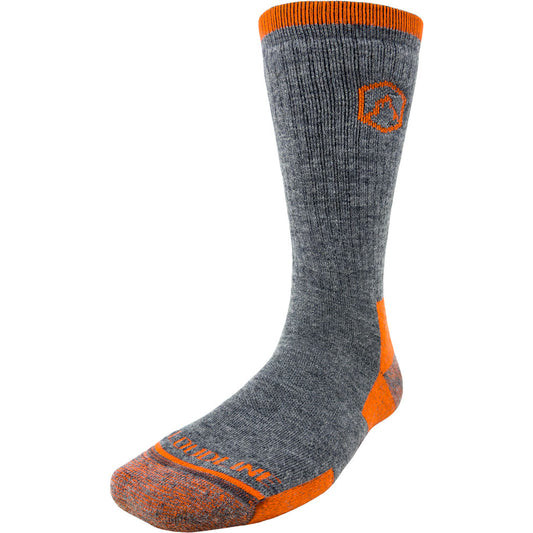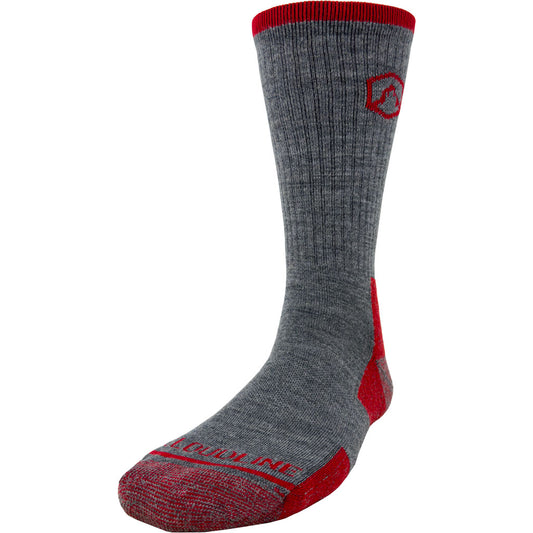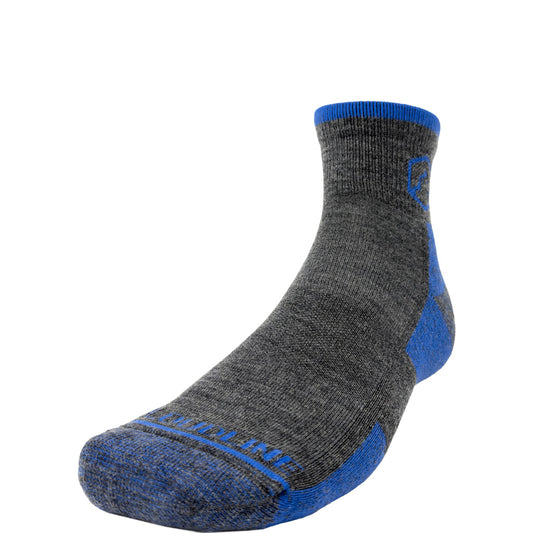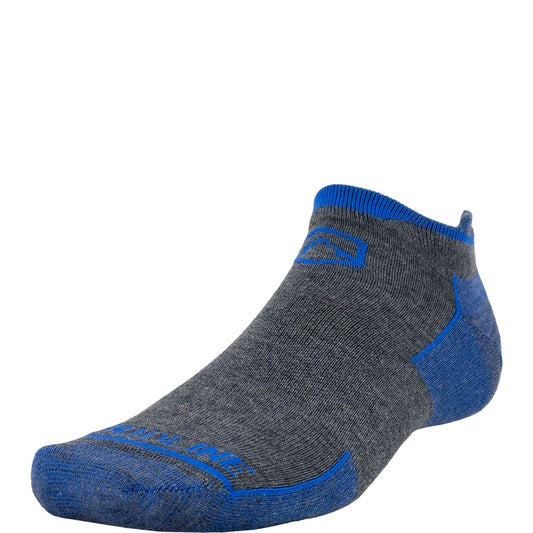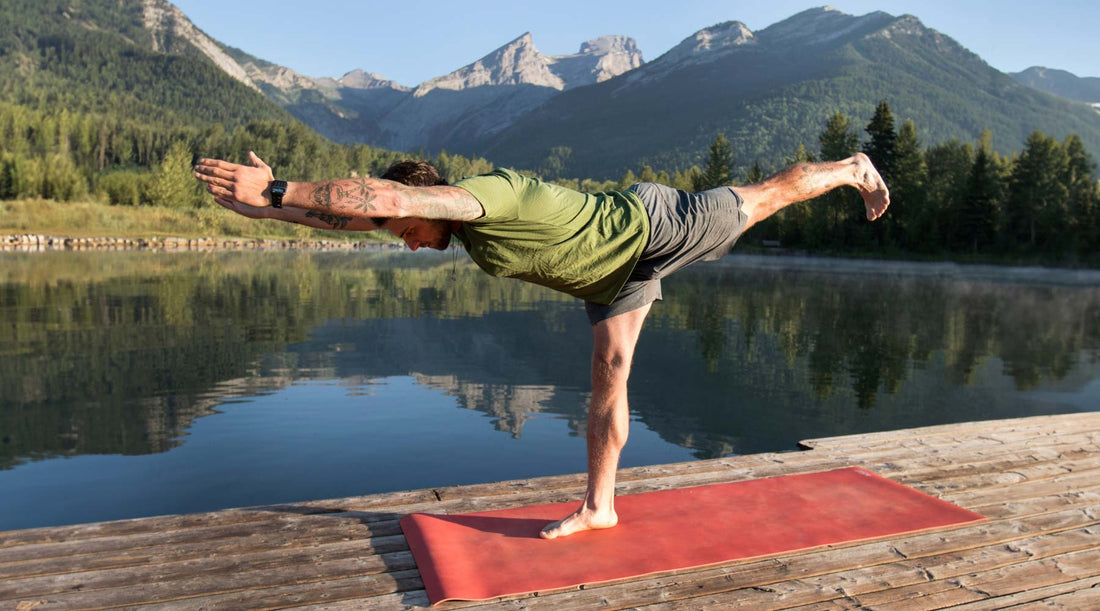
How Yoga and Stretching Can Make You a Stronger, Healthier Hiker
There’s no doubt that hiking is a serious workout. But one thing that’s so great about it? You don’t always remember quite how strenuous it can be. The gorgeous views and fresh air have a way of making you forget the most grueling climbs.
But even if your mind forgets, your body doesn’t. That’s why stretching and yoga can be beneficial for hikers of all ages and abilities. Not only are stretching and yoga good for you on their own, but they have plenty of benefits that can help hikers recover from the trail and improve their endurance.
If you want to incorporate more stretching and yoga into your hiking and exercise routines, this guide is for you. Read on to learn how these practices can benefit you as a hiker and which stretches and poses to start with.
Yoga and Stretching Benefits for Hikers
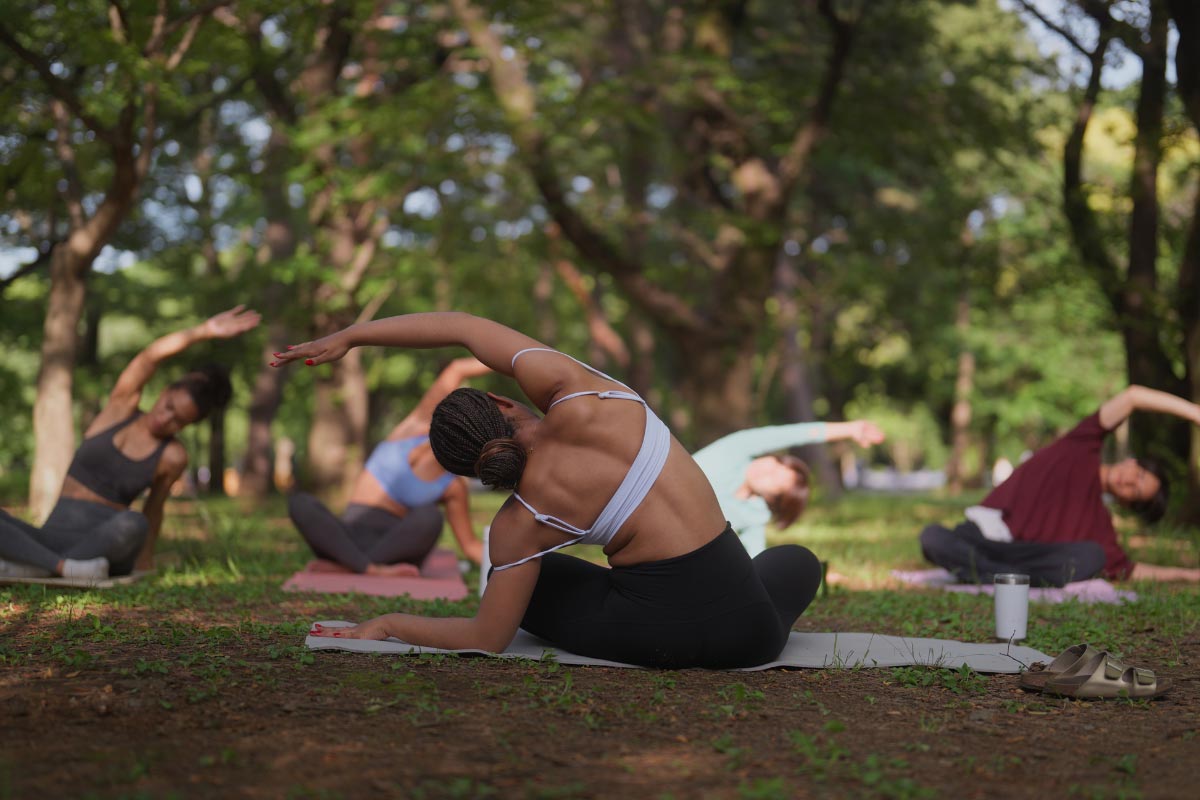
If you’ve ever spent a few minutes moving through different yoga poses or stretches, you know how relaxing it can be. But aside from these moments of peace and calm, yoga and stretching can help hikers in many ways. Yoga and stretching can help you:
- Recover: If you’ve ever gotten off the trail, feasted on a post-hike meal, then crashed as soon as you could pry your dusty boots off your feet, you probably woke up the next day feeling sore. But if you instead take a little time to stretch out your muscles after your hike, you can avoid some of the discomfort the next day typically brings.
- Prevent injury: Stretching and yoga can both help prevent injury on the trail by strengthening your tendons and improving your balance. Not only will your body have an easier time recovering from injuries, but improving your balance with stretching and yoga can reduce your risk of falls or missteps.
- Increase your strength and flexibility: As an outdoor enthusiast, it can be frustrating when you hit your physical limits. Finishing a hike isn’t quite as rewarding when you feel like you’ll never be able to move again. When you focus on building strength and flexibility, though, you can handle longer or more strenuous hikes without feeling totally spent.
- Improve your focus: Yoga quickly teaches you to listen to your breath, be present in the moment, and focus your attention. While these skills may seem unrelated to hiking, there’s something to be said about being able to dig deep, stay present, and focus on putting one foot in front of the other when you’re navigating a particularly difficult trail.
Plus — like hiking — yoga and stretching are beginner-friendly. So you can start incorporating the following stretches and poses into your routine immediately, no experience necessary.
Yoga Poses and Stretches for Hikers
You likely know a handful of stretches and yoga poses from elementary school gym class, YouTube, or your fitness-obsessed friend. But if you’re looking for a few more stretches to add to your repertoire, we’ve got you covered. The following stretches and yoga poses can benefit anyone, but they’re especially helpful for hikers who want to cool down after a day on the trail.
Note: We aren’t health professionals or yoga instructors — just avid hikers who have found these stretches and poses helpful. If you’re experiencing pain, want additional support, or are looking for additional stretches and yoga poses to address certain issues, feel free to consult a pro.
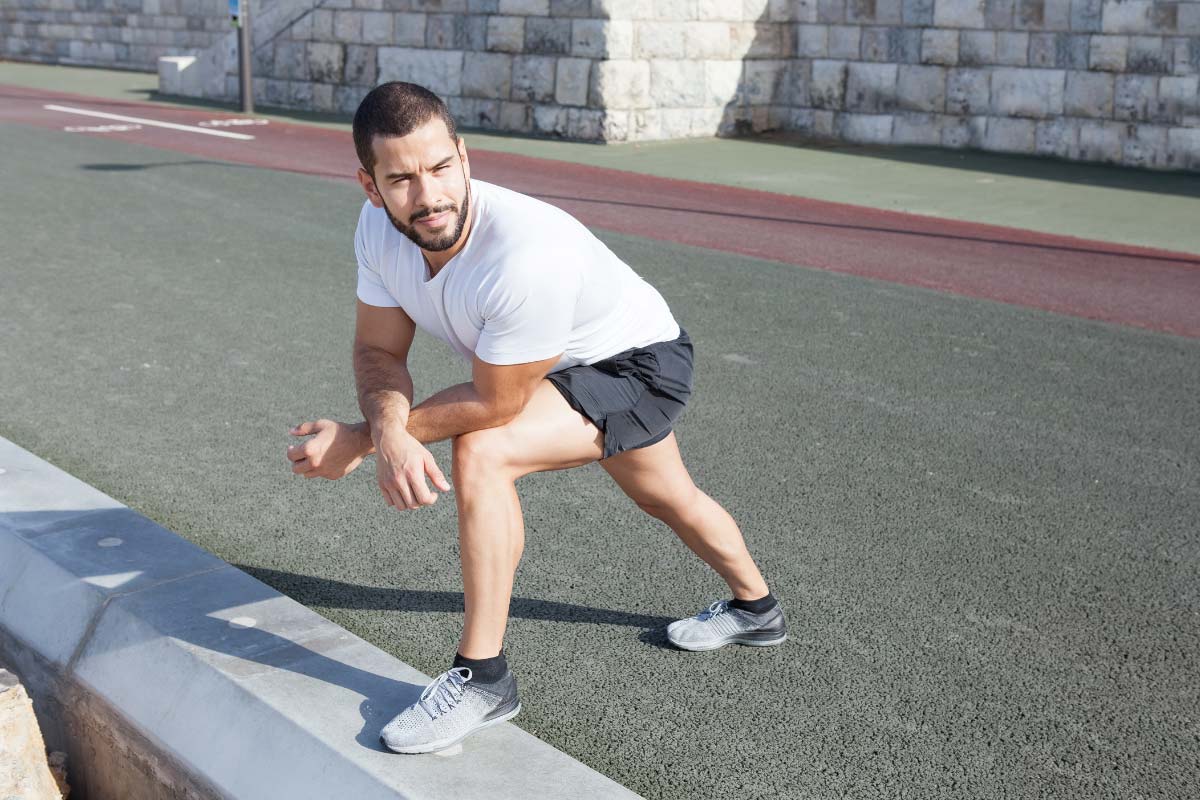
Calf stretch: Find a wall, curb, large rock, or tree — anything solid and sturdy. Starting with one foot, lift your toes and place them on the wall a few inches above the ground. Then slowly lean your weight forward until you feel a gentle stretch in your calf. Repeat on the other side.
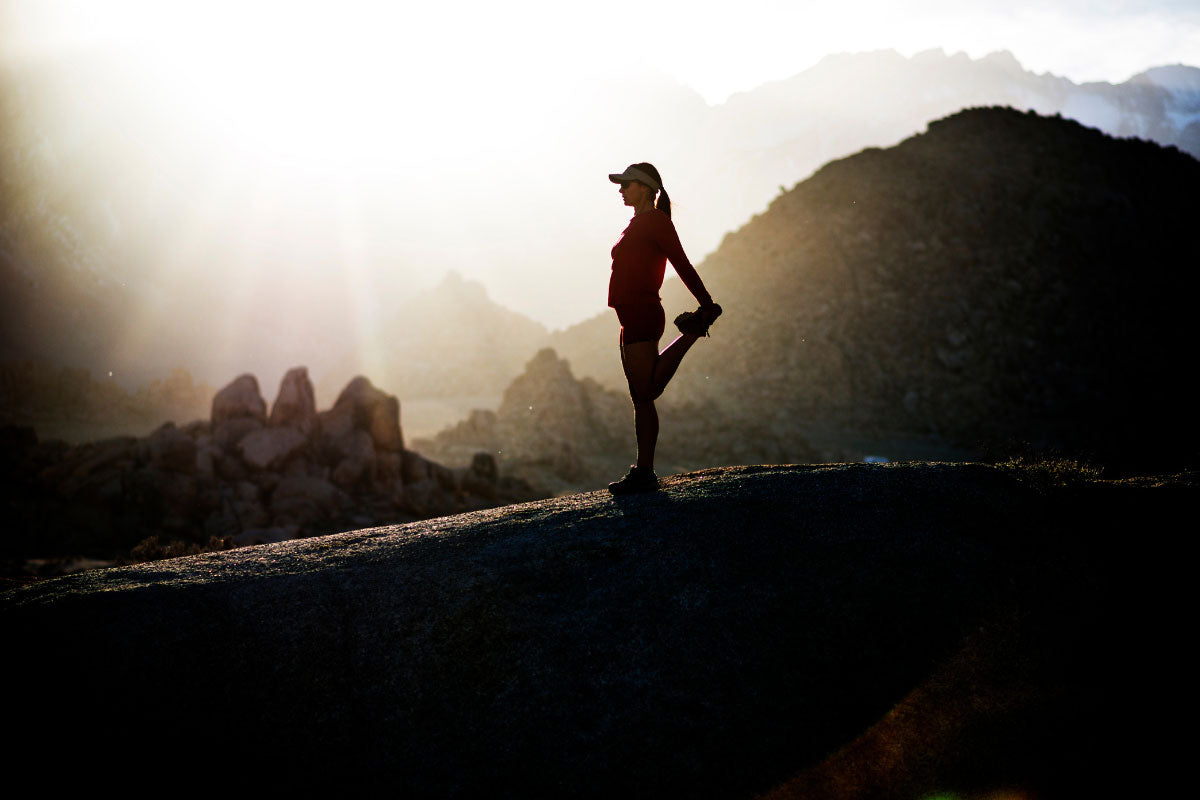
Thigh stretch: Standing up, lift your right foot behind you and bring your heel toward the back of your right thigh. Reach back with your right hand and grab your ankle. Hold the stretch for as long as you like, then repeat on your left side.
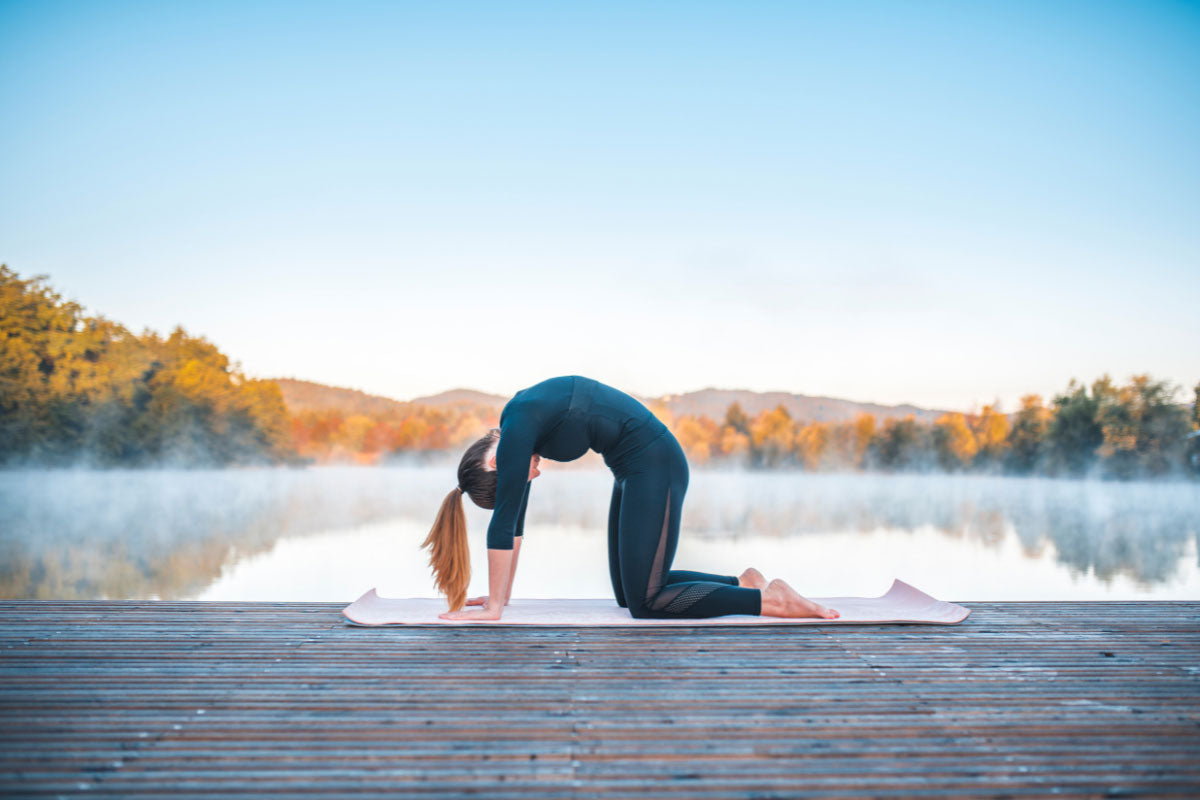
Cat Cow: Start on your hands and knees in a tabletop position. As you inhale, drop your belly toward the floor as you lift your chest and head. As you exhale, send your back toward the sky, rounding your spine as your head and tailbone curve toward the floor. Repeat as you inhale and exhale.
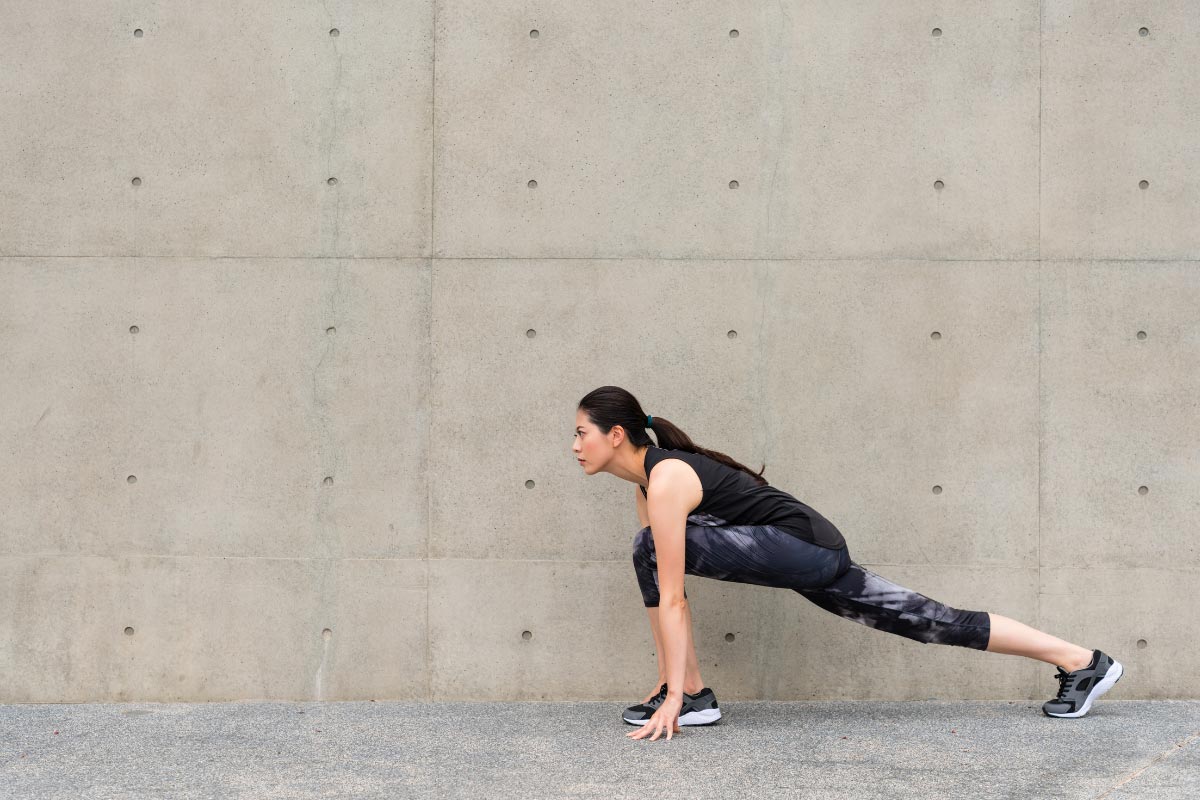
Runner’s Lunge: From a kneeling or plank position, bring one foot in front of you and plant it firmly on the ground, placing your knee directly above your ankle. Stretch your other leg out behind you, planting your toes. Lean forward slightly and place your hands on either side of you. Depending on the amount of stretch you want, lower or lift your back knee. Repeat on the opposite side.

Foot stretch: Kneel on the ground with your toes curled underneath you. For a deeper stretch, rest your hands on your thighs. Otherwise, lean forward and put your hands on the ground for support.
If a stretch hurts at any point, ease up until the pain goes away.
If you’re having a hard time imagining what these poses should look like — or if you’re wondering whether you’re doing them correctly — a quick search online can give you diagrams, videos, and plenty of pointers.
Tips for Adding Yoga and Stretching to Your Routine

If yoga and stretching aren’t already a regular part of your daily or weekly routine, it can be tough to make time for these activities — let alone remember to make time for them. So if you know you’d benefit from more yoga and stretching but need some help making it happen, use the following tips:
- Sign up for a class: If you need accountability, sign up for a yoga class at a local yoga studio or gym. Many studios allow you to drop in for classes whenever you want — so you can go on a consistent schedule or at different times each week. And some studios may offer discounted first classes so you can try it out before making a bigger financial commitment.
- Use online resources: While some people need an in-person class to get them on the mat, you may prefer squeezing yoga and stretching into various pockets of your week — maybe while you’re waiting for coffee to brew in the morning, on your lunch break, or after dinner. If this sounds like you, free online resources can walk you through quick and simple practices.
- Bring your mat to the trailhead: An easy way to remind yourself to stretch out after a hike is to bring your yoga mat to the trailhead. When you get off the trail, get your mat out of the car, take off your boots, and enjoy a nice, slow, stretch in the fresh air.
- Start simple and work your way up: Yoga may seem like it’s all about relaxation, but that doesn’t mean it’s easy — mentally or physically. Certain poses and stretches may work your muscles in a new way, and they might require more concentration than you realize. So start simple, and introduce harder poses and practices as you go.
- Use yoga to cross-train in the off-season: If your hiking season comes to a halt during the cold weather months, you may appreciate an indoor activity that keeps your body active and blood pumping. Yoga is a relaxing way to continue building strength, balance, and flexibility, even when the trails are snowed in.
If yoga and stretching aren’t yet a part of your routine, we hope you give them a try. Regardless of where, how often, or how far you hike, adding a yoga or stretching practice can offer lots of healthy benefits. All it takes is a little time, space, and willingness to slow down for a few moments. We promise — you’ll feel the difference.
Interested in learning about other ways to build strength and endurance as a hiker?
Check out our blog post, How to Prepare for a Great Hiking Season, for more tips.

